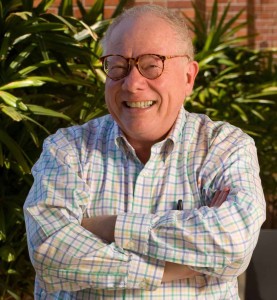
Cities are constantly developing and aging.
Martin Krieger, professor of planning at the University of Southern California, delves into how modern physics helps define the characteristics of our cities.
Martin H. Krieger is professor of planning at the Sol Price School of Public Policy at the University of Southern California. He is trained as a physicist, and has taught in urban planning and policy at Berkeley, Minnesota, MIT, Michigan, and USC. His nine books are about mathematical modeling, environmental policy, and about theories of planning and design. He has been a fellow at the Center for Advanced Study in the Behavioral Sciences and at the National Humanities Center. He is a Fellow of the American Physical Society.
Structure of Cities
Cities develop in space and over time, and neighborhoods are known as aging–decaying or renewing or stable. We might understand urban flows and structure in terms of the movements of people or in terms of the built and social environment.
Moreover, cities are heterogeneous and hierarchical. Stocks and flows of people and goods and property are intimately related, in space and in time. Disruption, invention and import, decay and export, account for imbalances. There is lots of fluctuation and change that appears to be unavoidable, yet neighborhoods are remarkably stable.
We often treat persons as simplified individuals–each with a small number of properties, such as age, income, race, gender. Collectively, as flows and stocks within cities, they then exhibit orderliness or symmetries at various scales (spatial, wealth, status…). These cultural categories then give meaning to what people do.
We might change the ambient qualities of a neighborhood, and discover new possibilities for it, say by decreasing its level of violence, much as we cool down water and get ice.
My description is suggested by modern physics, where the primary objects are fields (such as gravity) and particles are secondary or emergent objects. As the Big Bang cooled down in the first minute or so, those particles began to appear and were comparatively stable. It’s not that cities are physics. Rather, the modern city and modern science share in a larger culture.

